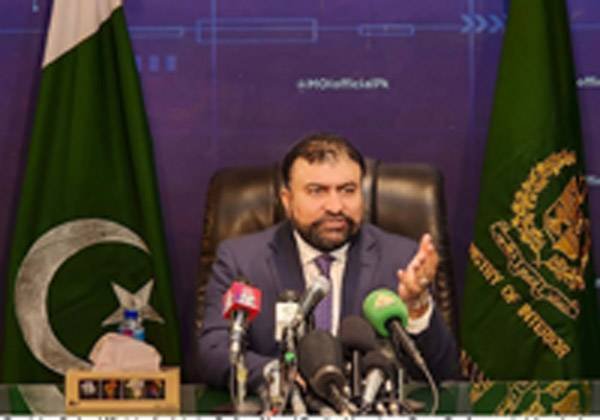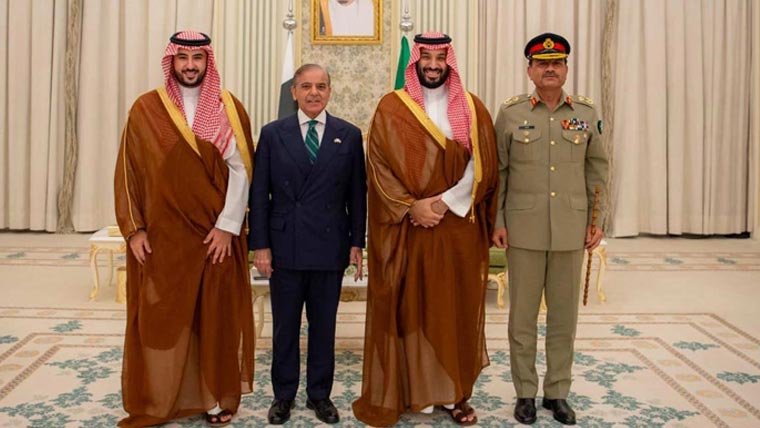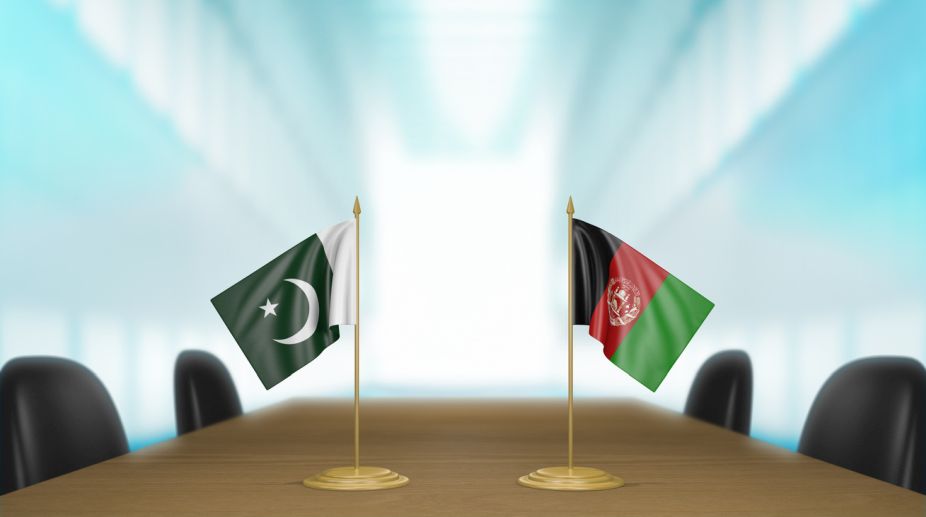By Zafar Iqbal
The last and most crucial provincial budget of the fiscal year 2025–26 has finally been tabled. On Tuesday, the PPP-led coalition government in Balochistan unveiled a record-breaking budget with a total outlay of Rs1,028 billion. This is not just a fiscal milestone — it is a political and developmental litmus test for Pakistan’s most marginalized yet most strategically significant province. In a country where public financial management is often performative, Balochistan’s latest budget carries the burden of correcting decades of neglect, underdevelopment, and state failure.
Nearly 70 percent of Balochistan’s population lives below the poverty line. Yet this same province is home to immense mineral wealth, vast untapped resources, and geostrategic assets that include deep-sea access, proximity to regional trade routes, and a pivotal location in the China-Pakistan Economic Corridor (CPEC). The contradiction between potential and reality is glaring, and successive governments have failed to bridge it. The new budget, at least on paper, appears to acknowledge this imbalance.
A major chunk of the budget — Rs249.5 billion — is earmarked for the Public Sector Development Programme (PSDP), targeting both new and ongoing projects. This allocation aims to uplift the province’s chronically underdeveloped infrastructure and public services. Key components include investment in roads, schools, hospitals, and emergency preparedness in remote and backward districts. In addition, the budget outlines initiatives for social protection, employment generation, institutional reform, and peacebuilding — all essential components if the province is to transition from fragility to stability.
Of particular note is the Rs18 billion allocation for Safe City projects across eight additional cities. With Balochistan continuing to suffer from law-and-order challenges, this step reflects a much-needed attempt at modernization and surveillance-based security reform. The law enforcement sector itself has been allocated Rs83.7 billion — a figure that indicates the government’s understanding of how intertwined security and development are in the province.
Beyond development, the budget also provides a comprehensive layout for non-development expenditures. The school education sector has been allocated Rs101 billion — a critical commitment, given the province’s abysmal literacy rates. Higher education receives Rs24 billion, health Rs71 billion, agriculture and irrigation Rs22.07 billion, local government and rural development Rs42 billion, communication and works Rs17.48 billion, and public health engineering Rs11.2 billion. Coastal development, youth affairs, and the food sector receive smaller allocations, though their strategic significance — particularly fisheries and youth employment — should not be underestimated.
Perhaps one of the more promising features of this budget is its focus on job creation. The government plans to create over 4,000 contract-based jobs and nearly 2,000 permanent positions in the coming fiscal year. Given the volatile state of youth unemployment in Balochistan, this could be a valuable intervention — provided that recruitment processes remain transparent and merit-based.
On the revenue side, the budget is expected to be financed through Rs801 billion from the federal divisible pool and Rs101 billion from provincial sources. Whether these projections hold — and whether allocations are disbursed on time — remains to be seen. The budget is being billed as a “surplus” one, which in theory reflects fiscal discipline, but in practice raises questions about absorption capacity and the realism of spending targets.
The deeper question, however, is whether this budget marks a shift in governance philosophy or remains another technocratic exercise in paper planning. The history of Balochistan is littered with broken promises, misallocated funds, and elite capture of public resources. Corruption, bureaucratic inefficiency, and systemic neglect have fuelled resentment and alienation, especially among the youth. In many cases, this alienation has created fertile ground for separatist movements and insurgent violence.
To truly reverse this trajectory, the budget must not only be implemented — it must be seen to be implemented by the people of Balochistan. Development without inclusion is a recipe for further instability. That’s why the responsibility lies not just with the provincial government but also with Islamabad. The federal government must go beyond token support and ensure that Balochistan receives its constitutional and economic dues without obstruction or delay.
There is also a moral urgency at play here. Balochistan, rich in resources yet poor in outcomes, is a standing indictment of how development has been unevenly managed in Pakistan. The province’s contribution to the federation — in terms of gas, minerals, and its strategic location — far outweighs what it receives in return. The state must now give the people of Balochistan a reason to believe in the federation’s promise.
For too long, the narrative around Balochistan has been limited to security, insurgency, and marginalization. This budget presents an opportunity to change that narrative — but only if it is translated into tangible progress. Infrastructure projects must reach the underserved. Education and healthcare must become accessible realities. Jobs must reach the deserving. And peace must be built not through force, but through fairness.
In conclusion, Balochistan’s FY2025–26 budget could represent a turning point. But its success will depend entirely on political will, administrative transparency, and inclusive implementation. Anything less, and we risk repeating the cycle of disenchantment and despair. If ever there was a moment to deliver — this is it.














